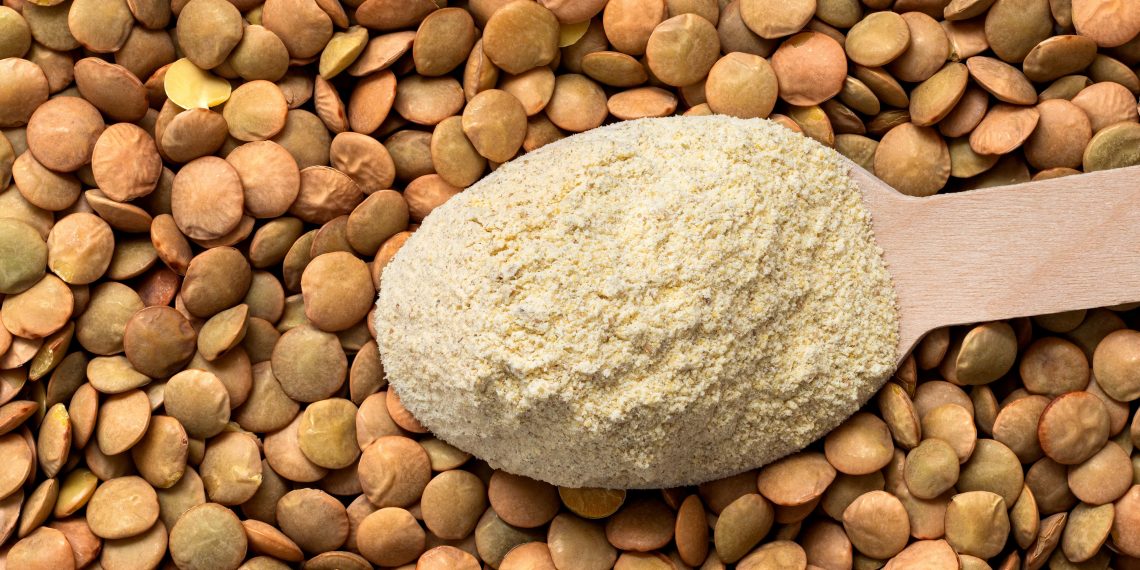The global pulse flour market is projected to grow at a CAGR of 7.97% during the forecast period (2022-2027).
The impact of COVID-19 on the market for pulse flour can be largely characterized by an unprecedented disruption in the functioning of both the market forces, supply as well as demand, posing hurdles for all stakeholders, including consumers. Further, the pandemic has resulted in increased pulse flour prices.
Pulse flour, being a gluten-free functional ingredient would be driven by its increasing demand in various food and animal feed industries. The high demand for pulse flour is majorly due to its higher nutritional properties when compared to other grain flours.
Owing to the rise in consumer awareness, brought on by sensitivity to gluten has propelled the demand for gluten-free flour, globally. Pulse flour, being a gluten-free ingredient, is preferred exceedingly in recent years. Although the prevalence of the celiac disease is approximately moderate globally, the number of Americans giving up eating gluten is increasing since the last decade.
According to the Mayo Clinic, 3.1 million Americans followed a gluten-free diet, and 72 % of them are classified as “PWAGs” or people without celiac disease avoiding gluten. Therefore, manufacturers are offering wide range of gluten-free products using gluten-free ingredients, such as pulse flour, available from low to high nutritive value.
Further, companies have been extensively involved in the research and development of such products to cater to organic and gluten-free industries and thus, remain competitive in the market. For instance, Limagrain Cereales Ingredients has upgraded its Nutrition and Taste & Color solutions with an organic pulses flour range.


















